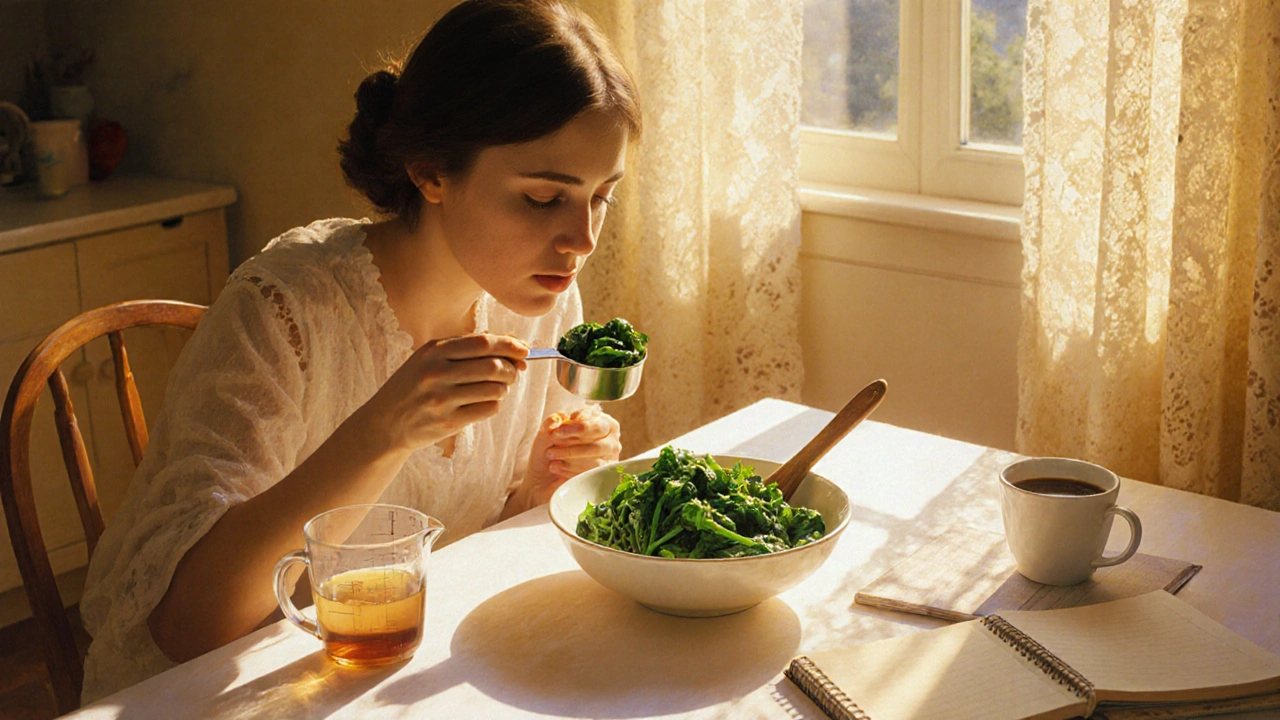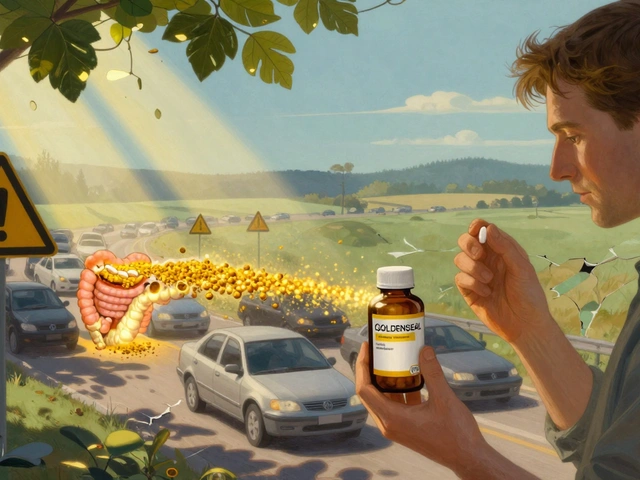Warfarin and Greens: What You Need to Know About Diet and Blood Thinners
When you're on warfarin, a blood thinner used to prevent dangerous clots in people with atrial fibrillation, deep vein thrombosis, or after heart valve replacement. Also known as Coumadin, it works by blocking vitamin K, which your body needs to make clotting factors. But here’s the catch: if you suddenly eat more greens, leafy vegetables like spinach, kale, broccoli, and Brussels sprouts that are rich in vitamin K, your blood can start clotting again — even if you take your pill exactly as prescribed. That’s not a myth. It’s science.
Many people think they need to avoid greens completely on warfarin. That’s wrong. You don’t have to give up your salads or smoothies. What you need is consistency. If you normally eat a cup of cooked spinach three times a week, keep doing that. If you suddenly switch to two cups every day, your INR (the test that measures how long it takes your blood to clot) can drop. Too low, and you risk clots. Too high, and you risk bleeding. It’s not about restriction — it’s about routine. The same goes for other vitamin K sources like liver, green tea, and certain oils. Your doctor doesn’t want you to live on white rice and chicken breast. They want you to eat the same amount of vitamin K every week so your warfarin dose can stay steady.
Some people think herbal supplements or over-the-counter painkillers are harmless, but vitamin K, a fat-soluble nutrient that directly opposes warfarin’s effect by enabling clotting factor production isn’t the only player here. Garlic, ginger, ginkgo, and even some probiotics can interfere with how warfarin works. And don’t forget alcohol — even a few drinks can throw off your INR. That’s why so many people on warfarin end up in the ER: not because they ate too much kale, but because they changed their habits without telling their doctor.
What you’ll find in the posts below are real, practical stories and facts from people who’ve walked this path. You’ll see how liver and kidney changes in older adults affect how warfarin is processed, why switching between generic and brand versions matters, and how other medications like antibiotics or NSAIDs can turn a stable dose into a danger zone. You’ll also learn how to read labels, track your diet, and talk to your pharmacist without sounding like you’re accusing them of hiding something. This isn’t about fear. It’s about control. You don’t need to be a nutritionist. You just need to know what to watch, when to test, and how to keep your life normal — without risking a stroke or a bleed.

Vitamin K Foods and Warfarin: How to Eat Consistently for Stable Blood Thinners
Learn how to eat vitamin K foods safely on warfarin. Consistency-not restriction-is the key to stable INR levels. Discover which foods to eat, how much, and how to avoid dangerous fluctuations.
Read More



